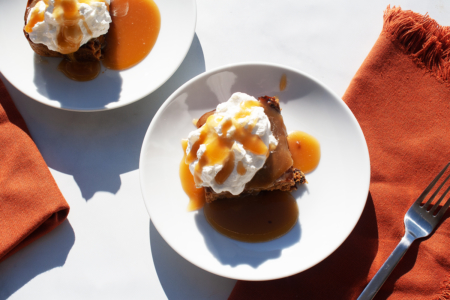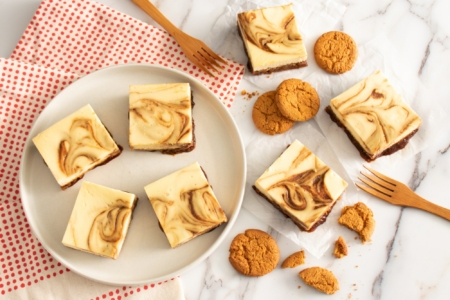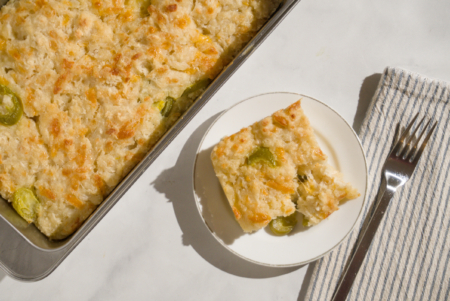Delightfully indulgent yet deceptively simple, fudge is an all-American confection that has become a childhood staple and a must-have souvenir from local tourist destinations.
History of Fudge
Fudge was invented in the United States around the late 1800s. Some believe it was the result of a Maryland confectionery maker messing up a batch of French caramels. They had “fudged” up the caramels, but ended up with something just as delicious.
The affordable cost of the ingredients and the relatively easy cooking process made fudge a hit with both professional confectionery makers and home cooks. Fudge shops began popping up in tourist destinations, most notably in Mackinac Island, Michigan, and fudge-making became a popular trend for American college students.
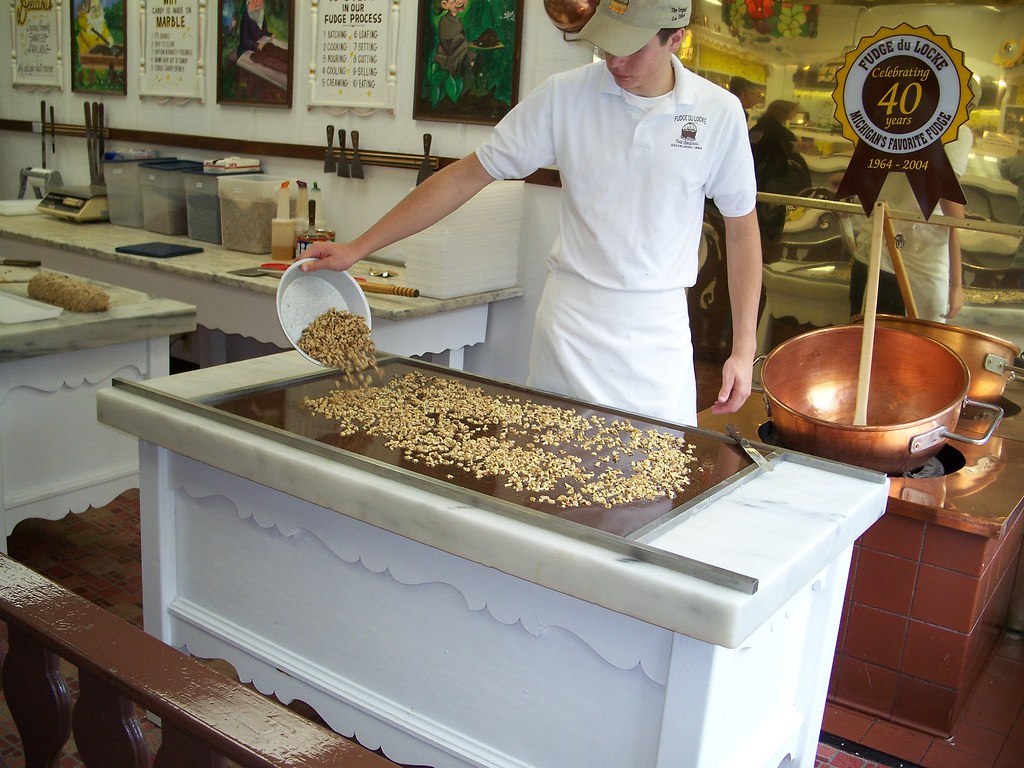
From there, fudge grew in popularity in the UK and parts of Europe, where local confectionery makers would put their own spin on the sweet treat. Through further globalization, the rest of the world was introduced to the uniquely American candy, and its worldwide popularity steadily grew.
Taste of Fudge
Fudge is available in a variety of flavors. Chocolate and butterscotch are the most widely recognized kinds of fudge, but peanut butter, maple, and even clotted cream varieties are also available. In general, what this large assortment of fudge flavors has in common is a buttery richness complemented by a toasty, caramel-like sweetness.
Texture of Fudge
Fudginess is the antithesis of airy and pillowy textures in baked goods. Fudge is compact, dense, and rich while still being very tender. Its toothsome texture is reminiscent of fondant icing with the chewy bite of hard caramel.
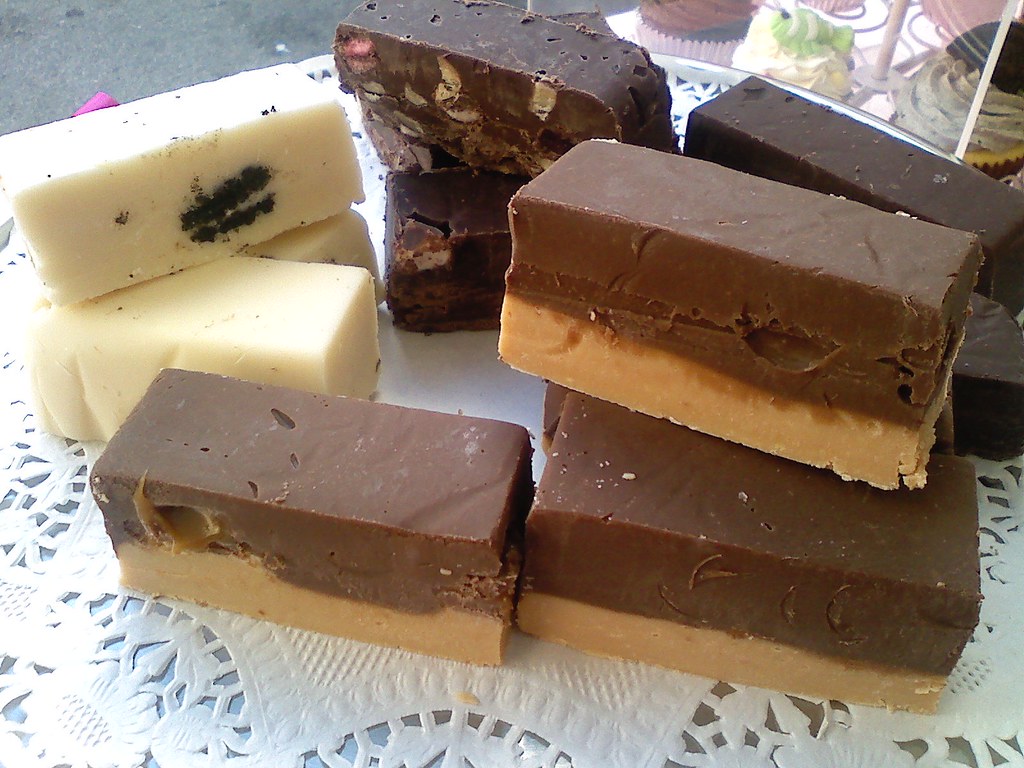
How It’s Made
Basic fudge is a combination of sugar, butter, and milk. It’s heated to the soft-ball stage (around 234-240°F or 112-116°C) then allowed to cool to 110°F (43°C). The mixture is continuously beaten to create a smooth and soft fudge batter which is then cooled and sliced into individual squares of fudge.
While the process may seem straightforward, this method of making fudge is notoriously temperature-sensitive and prone to sugar crystallization, so additional ingredients such as marshmallow cream, corn syrup, or condensed milk are often added to get the best results.
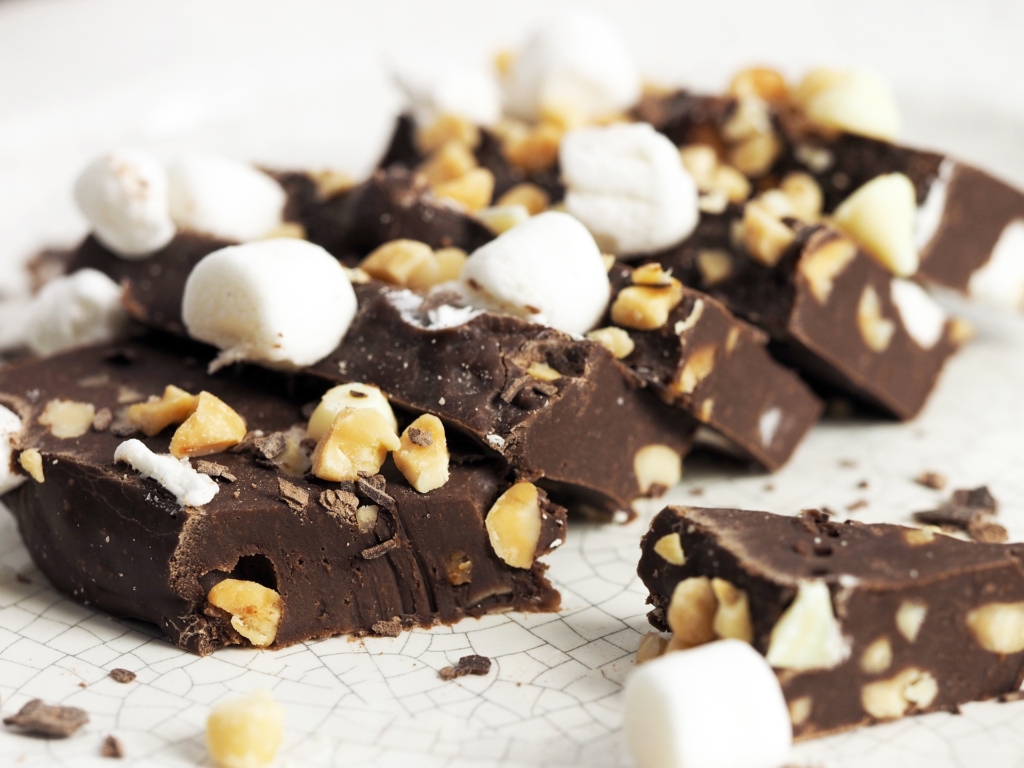
Shopping for Fudge
We think fudge is best eaten strolling the boardwalk in a seaside town, but enjoying it at home comes as a close second. Many companies ship fudge directly. Looking to try the OG fudge? Murdick’s Fudge in Mackinac Island has a variety of gift boxes and fudge varieties to try. Want to try English fudge to compare to stateside varieties? There are plenty of options to try.

